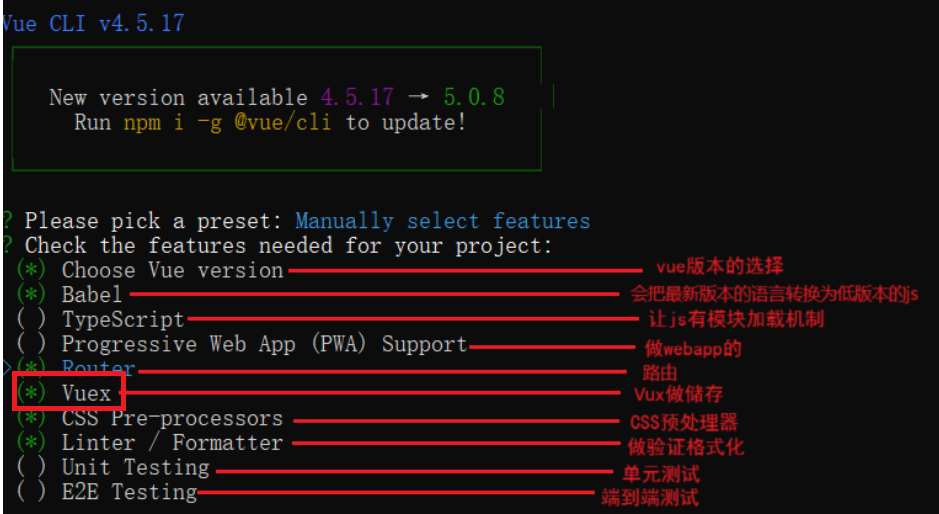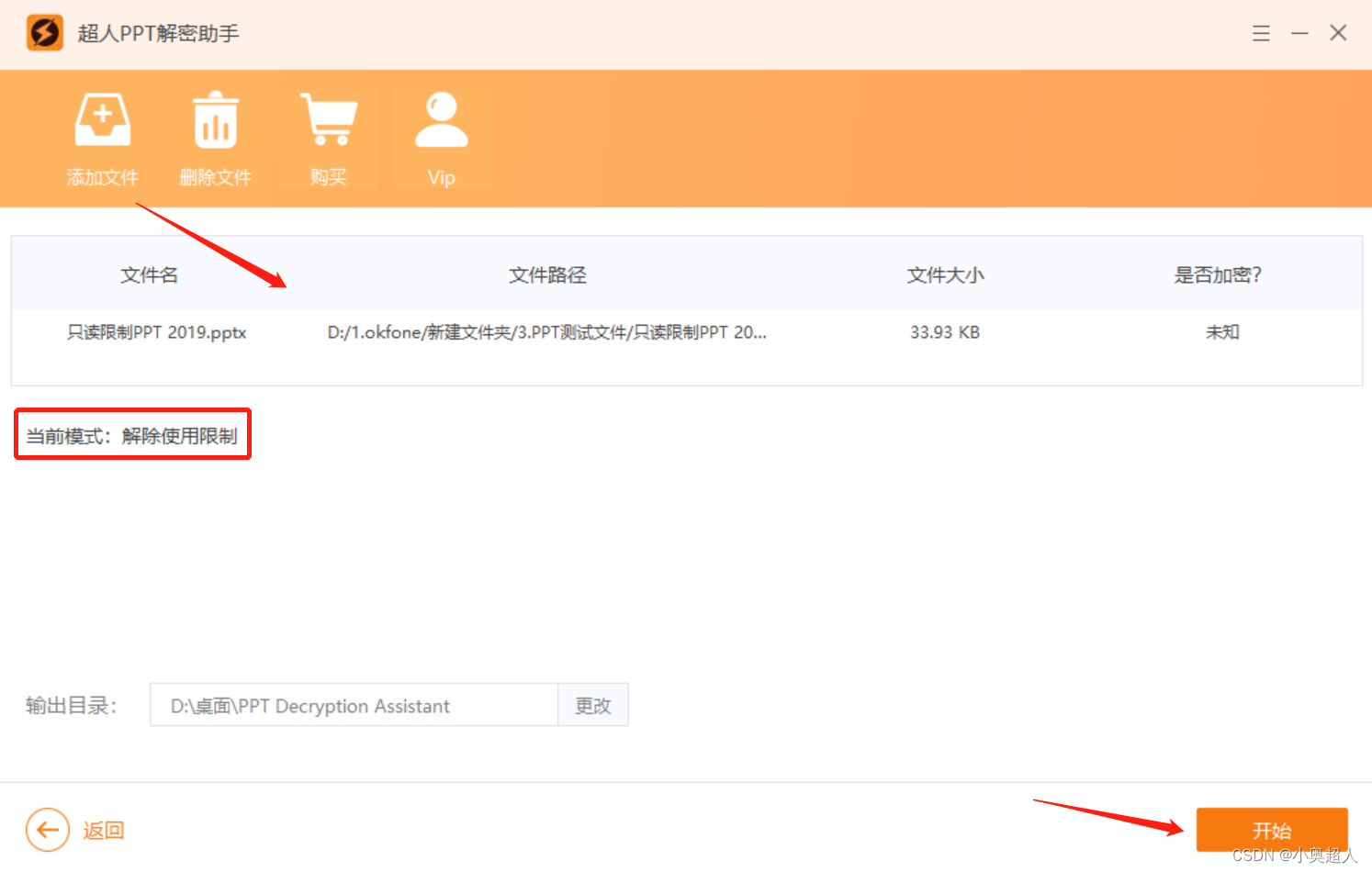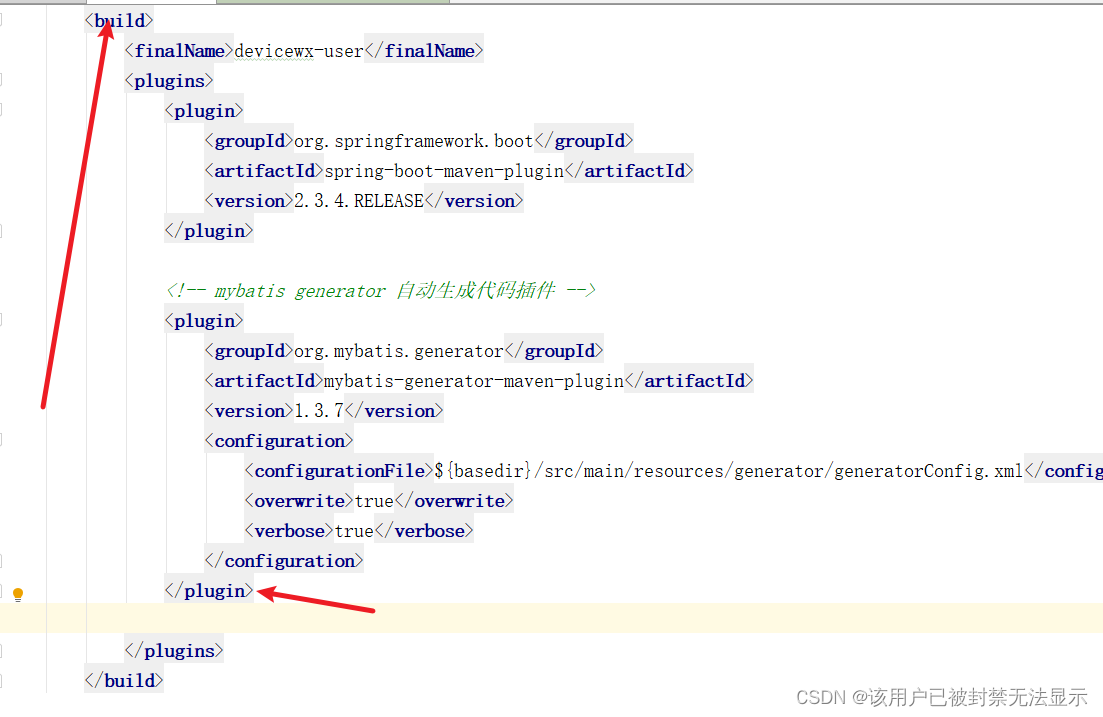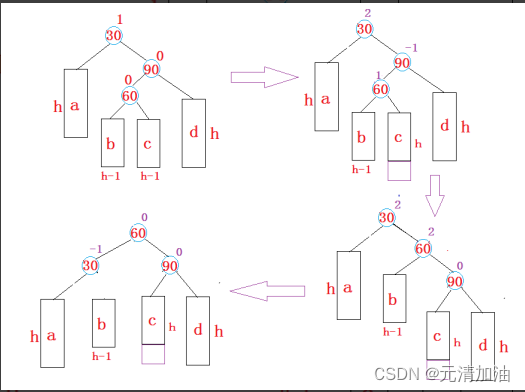目录
Vuex是什么?
如何部署
如何使用
state
基础使用
在计算属性属性中使用
使用展开运算符
mutations
基础使用
使用辅助函数(mapMutations)简化
使用常量替代 Mutation 事件类型
getters
actions
使用辅助函数(mapActions)简化
modules
在组件中使用子模块的mutations
声明namespace
官网地址:Vuex 是什么? | Vuex (vuejs.org)
Vuex是什么?
Vuex是专门为Vue.js应用程序开发的状态管理模式。它采用集中式储存管理应用的所有组件状态,并以相应的规则保证状态以一种可预测的方式发生变化。
简单来说:状态管理就是将数据存储起来共所有的组件使用,为了保证安全使用一些规则限制一下
使用场景:保存一些需要公共使用的信息,登陆的用户信息、登录的权限信息等。

Vuex的核心:state、mutations、actions
- state:储存公共的一些数据
- mutations:定义一些方法来修改state中的数据
- actions:使用异步的方式来触发mutations中的方法进行提交
此部分的代码在vue-cli中使用
如何部署
创建vue-cli时选择部署Vuex

如果选择部署了Vuex创建的工程,在你的工程中就会多一个store文件夹,就证明可以使用。

如何使用
state
状态管理使用起来非常的简单,分为模板上使用和方法中使用
基础使用
<template>
<div>
<!--模板上直接使用-->
state中的count属性count:{{$store.state.count}}
</div>
</template>
<script>
export default {
//页面初始化钩子
mounted() {
this.fun1();
},
methods:{
fun1(){
//方法中使用
console.log("state中的count属性count:",this.$store.state.count);
}
}
}
</script>浏览器结果:

在计算属性属性中使用
当一个组件需要获取多个状态的时候,将这些状态声明成计算属性会有些重复和冗余。为了解决这个问题,我们可以使用 mapState 辅助函数帮助我们生成计算属性,让你少按几次键
1.先在组件中导入mapState函数。mapState函数返回的是一个对象。
<script>
import {mapState} from "vuex"2.在组件的计算属性中使用mapState。
computed:mapState({
count:"count", //可以直接使用,用处不大,还不如直接在外面用
myCount(state){
// 计算属性后使用。num是本地的属性
return state.count+this.num
}
})使用展开运算符
在之前的示例中,不方便和本地的计算属性混合使用,下面我们使用展开运算符,这样就可以和本地的计算属性一起使用
computed:{
localhost(){
//本地的计算属性,没有Vuex的状态参加
return this.num+1
},
...mapState({
count:"count", //可以直接使用,用处不大,还不如直接在外面用
myCount(state){
// 计算属性后使用。num是本地的属性
return state.count+this.num
}
})
}mutations
state中的数据是只读的,不能直接进行修改。想要修改state数据的唯一途径就是调用mutation方法。使用commit()函数,调用mutation函数。
注意:mutation中只能执行同步方法。
基础使用
在mutation中定义方法,在方法中修改state
mutations: {
//state是状态,num是额外的参数,
//额外的参数可以有多个,官网推荐使用对象类型。
add(state,num){
state.count=state.count+num;
},
//es6中的新语法,和上面方法效果一样
add2({count},num){
count=count+num
}
},直接调用,感觉和自定义事件有些类似,也是需要写一个事件来触发这个方法
methods:{
fun2(){
this.$store.commit('add',2)
}
}使用辅助函数(mapMutations)简化
1.先在组件中导入mapMutations函数。
<script>
import {mapMutations} from "vuex"2.在组件的方法中使用mapMutations配合展开运算符去使用。
methods:{
fun1(){
//方法中使用
console.log("state中的count属性count:",this.$store.state.count);
},
...mapMutations({
addFunc:'add', //将`this.addFunc()`映射为`this.$store.commit('add')`
reduceFunc:'reduce'
})
}如果自己定义的方法名和mutations中的方法名一致,可以使用数组的方式
methods:{
fun1(){
//方法中使用
console.log("state中的count属性count:",this.$store.state.count);
},
...mapMutations([
add, //将`this.add()`映射为`this.$store.commit('add')`
reduceByid //传参的形式,将`this.reduceByid(id)`映射为`this.$store.commit('reduceByid ',id)`
])
}使用常量替代 Mutation 事件类型
使用常量替代 mutation 事件类型在各种 Flux 实现中是很常见的模式。这样可以使 linter 之类的工具发挥作用,同时把这些常量放在单独的文件中可以让你的代码合作者对整个 app 包含的 mutation 一目了然:
简单来说就是:多人用的时候就方便,就跟一个单独列出来的说明书一样,找的时候好找。
// mutation-types.js
export const SOME_MUTATION = 'SOME_MUTATION'// store.js
import { createStore } from 'vuex'
import { SOME_MUTATION } from './mutation-types'
const store = createStore({
state: { ... },
mutations: {
// 我们可以使用 ES2015 风格的计算属性命名功能
// 来使用一个常量作为函数名
[SOME_MUTATION] (state) {
// 修改 state
}
}
})用不用常量取决于你——在需要多人协作的大型项目中,这会很有帮助。但如果你不喜欢,你完全可以不这样做。
getters
getters就是在vuex中的计算属性。
在vuex中声明getter方法
getters:{
doubleCount(state){
return state.count*2
}
}在组件中获取getters
methods:{
fun3(){
console.log(this.$store.getters.doubleCount)
}
}actions
- actions中的方法可以是异步的
- actions修改state的内容,需要通过mutations
- 在组件中调用action需要调用dispatch()函数
1.声明action方法
actions:{
delayAdd(context,num){
// 模拟异步,延时2秒增加
setTimeout(function(){
//调用mutations中的方法
context.commit('add',num)
},2000)
}
}2.直接调用action方法
func4(){
this.$store.dispatch('delayAdd',2)
}使用辅助函数(mapActions)简化
1.先在组件中导入mapActions函数。
<script>
import {mapActions} from "vuex"2.在组件的方法中使用mapActions配合展开运算符去使用,
使用效果和mapMutations类似
methods:{
func4(){
this.$store.dispatch('delayAdd',2)
},
...mapActions({
delayAddLocal:'delayAdd' //将`this.delayAddLocal()`映射为`this.$store.dispath('delayAdd')`
})
}modules
在复杂的项目中,我们不能把大量的数据堆积到store中,这样store的内容就太多,而且比较凌乱,不方便管理。所以就出现了modules。将原有的store切割成一个个的module。每个module都有自己的state、mutations、actions和getters
1.定义一个modules并导出
const storeModuleA={
state:{
countA:10
},
mutations:{
addA(state){
state.countA++
console.log("moduleA:"+state.countA);
},
// 此方法和store根中的mutations方法名称一致,后面测试使用
add(state){
console.log("moduleA:"+state.countA);
}
}
}
export default storeModuleA //到导出此对象2.在store.js中,导入并注册此modules
import Vue from 'vue'
import Vuex from 'vuex'
import storeModuleA from './storeModuleA' //导入model
Vue.use(Vuex)
export default new Vuex.Store({
state: {
count:0
},
mutations: {
//state是状态,num是额外的参数
add(state,num){
state.count=state.count+num;
}
},
actions: {
},
modules: {
a:storeModuleA
}
})
3.在组件中使用子模块中的状态
func5(){
console.log(this.$store.state.a.count)
},在组件中使用子模块的mutations
- 没有声明namespace的情况
- 子模块中mutations在没有使用namespace的情况下,这些方法会注册到store根中
- 如果模块的mutations中的方法和store根中的mutations中的方法一样,则都会被调用。
func5(){
console.log(this.$store.state.a.count)
this.$store.commit('addA') //和根中不一样的mutations方法名
this.$store.commit('add') //和根中不样的mutations方法名
},如果都被调用,肯定是不合适的
声明namespace
1.声明namespace并在module中添加
modules: {
a:{
namespace:true,
...storeModuleA //使用展开运算符
},
b:{
namespace:true,
//不使用的情况
state:storeModuleA.state,
mutations:storeModuleA.mutations
}
}在组件中调用加上别名即可
this.$store.commit('a/add')Wishing you a happy day


![[答疑]老大不是某组织的负责人吗,为什么说“系统的老大”?](https://img-blog.csdnimg.cn/img_convert/e3e41d802d21c9221c540234fab47b84.png)















